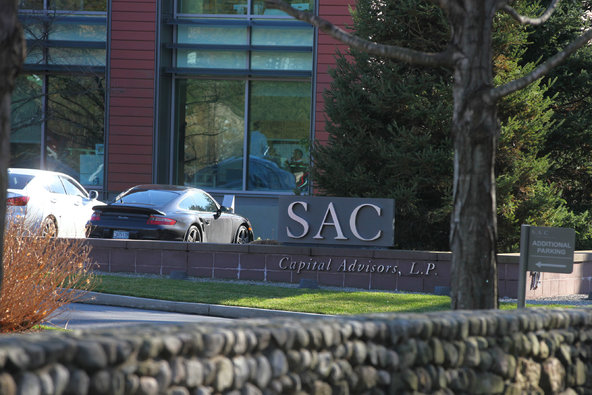That’s the maximum length of the videos on Vine, a mobile application owned by Twitter that has grown like one of those creeping plants, to close to 20 million users since it sprouted five months ago.
On Thursday, Facebook introduced its own short-video service, built into Instagram, the popular photo-sharing app that Facebook bought last year. The new feature allows users to record as much as 15 seconds of video, enhance it with image filters and post it immediately.
The move underscores how video has increasingly become critical to companies like Facebook, which is seeking ways to keep its 1.1 billion users entertained and engaged — particularly on their mobile devices. Video also represents a lucrative and fast-growing area of online advertising and is expected to top $4 billion this year across the industry, according to the research firm eMarketer.
“Sharing video is inherently mobile,” said Gene Munster, an analyst with Piper Jaffray. And Facebook needed to get into the game, he said, adding that it had to “check that box to remain relevant to their users.”
The simplicity of both apps — press your finger to the screen to record, lift it to stop and click to publish — makes it nearly as easy to share a video as it is to post a photograph.
And the form seems aptly suited to modern vanities and attention spans — people peek at their smartphones in line at the grocery store but may also feel moved to document the visit.
Vine has caught the fancy of everyone from the White House, which recently filmed President Obama pedaling a stationary water filtration bicycle, to marketers like Burberry, which this week compressed its entire runway show of men’s fashions into a six-second blur.
Kevin Systrom, a co-founder of Instagram, said his team had been considering adding video to the service for two years, but waited until it could be made “fast, simple and beautiful.”
“What we did to photos we just did for video,” Mr. Systrom said at a news conference at Facebook’s Silicon Valley headquarters on Thursday. Instagram has about 130 million users, according to the company.
Although neither Vine nor Facebook’s service is currently offering advertising, it would be easy to sprinkle a sponsor’s video ad into the legions of user-generated videos, much as Twitter and Facebook do now with text ads in their users’ feeds.
Jan Rezab, chief executive of the research firm Socialbakers, said that online viewers had a high tendency to engage with video ads, especially if they were deftly inserted into a stream of other content.
“You could actually monetize Vines and the Vine channel by introducing sponsored Vines. Every 10th Vine could be a sponsored Vine,” he said. Facebook could do something similar.
Currently, about one in 10 iPhone users in the United States has the Vine app, and more than a third of iPhone users have Instagram, according to the research firm Onavo Insights. If the short-video format proves to be more than a passing fad, a great deal of advertising revenue could be at stake. YouTube, Google’s longer-format video service, brings in billions of dollars a year in advertising.
Facebook already gets about 30 percent of its advertising revenue from mobile, according to its last quarterly earnings report.
Video holds a promise that goes beyond what static images and nuggets of text can offer. It tends to engage even the most distracted users, particularly when the snippets are easily digestible.
Vine-length videos are ideal when scrolling through a Twitter feed on a smartphone, Mr. Rezab said. Videos tend to be funny, and “you don’t have to hit the play button. The sound kicks in as you’re scrolling over it.”
“The six seconds is just magical,” Mr. Rezab said.
That sense of ease and simplicity was what the Vine team was striving for when it built the app, said Michael Sippey, Twitter’s vice president of product, in an interview.
“We wanted to make mobile video without a start or stop button,” he said. “If you give people simple tools to tell stories, they’ll tell really great stories.”
Some will be funny or trivial, but others will record momentous events, he said, like this week’s videos on Vine of the protests in Brazil.
The Instagram team sought much the same thing, although it added other features, like the ability to delete portions of a 15-second video and rerecord them. It also included an image stabilization feature to reduce the choppiness that often comes with hand-held recording.

Vindu Goel reported from Menlo Park and Jenna Wortham from New York.
Article source: http://www.nytimes.com/2013/06/21/technology/personaltech/facebook-starts-a-short-video-service.html?partner=rss&emc=rss
